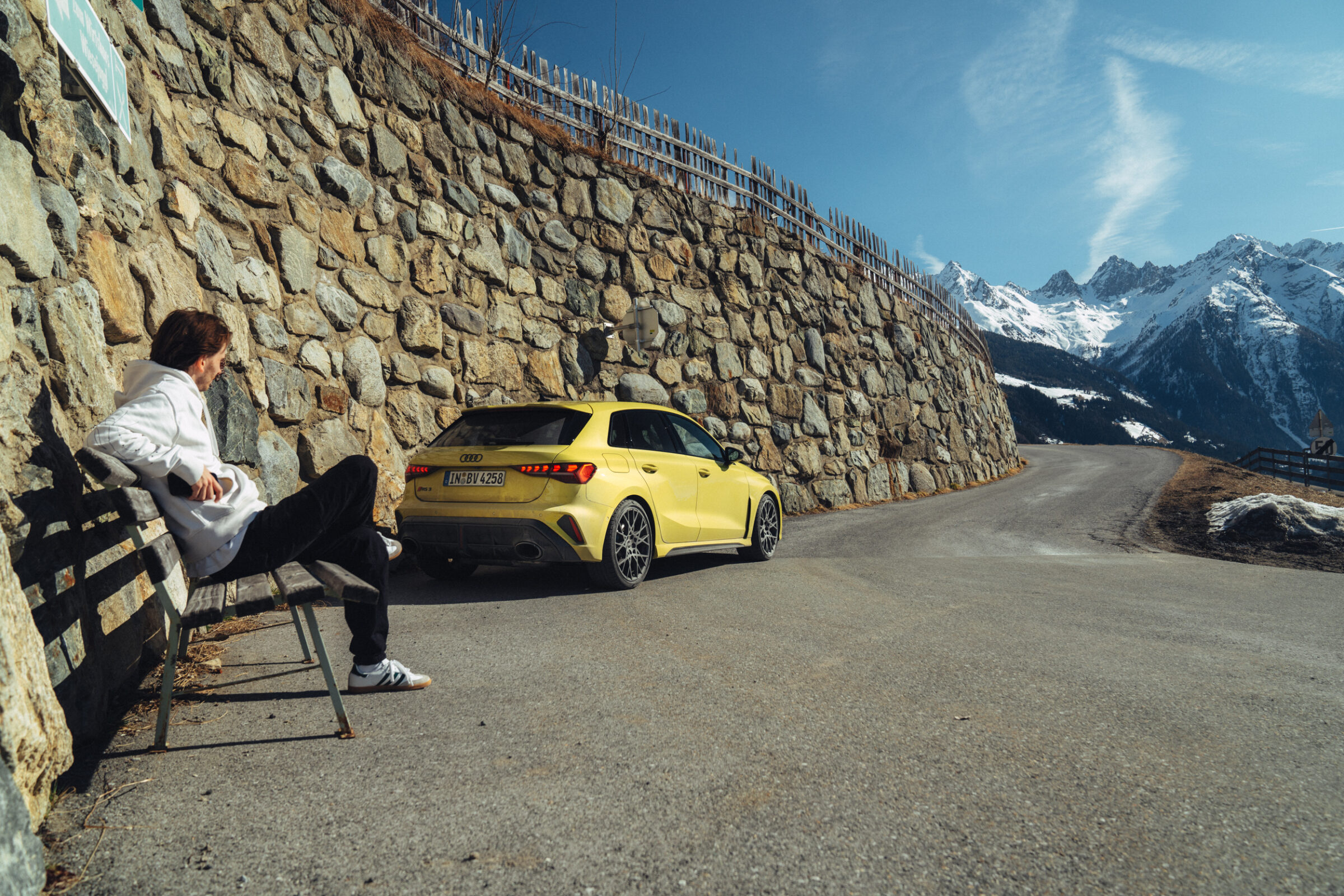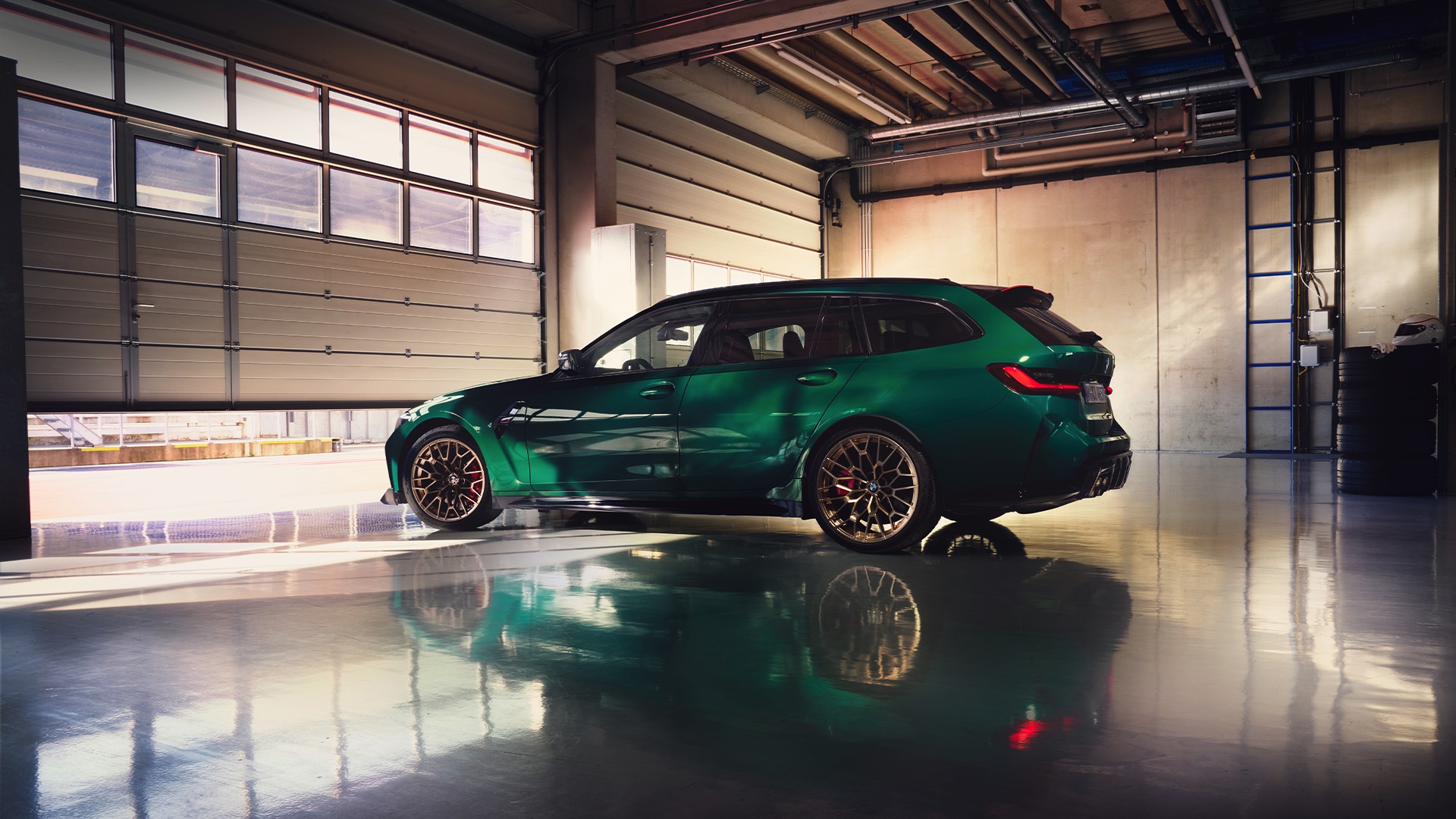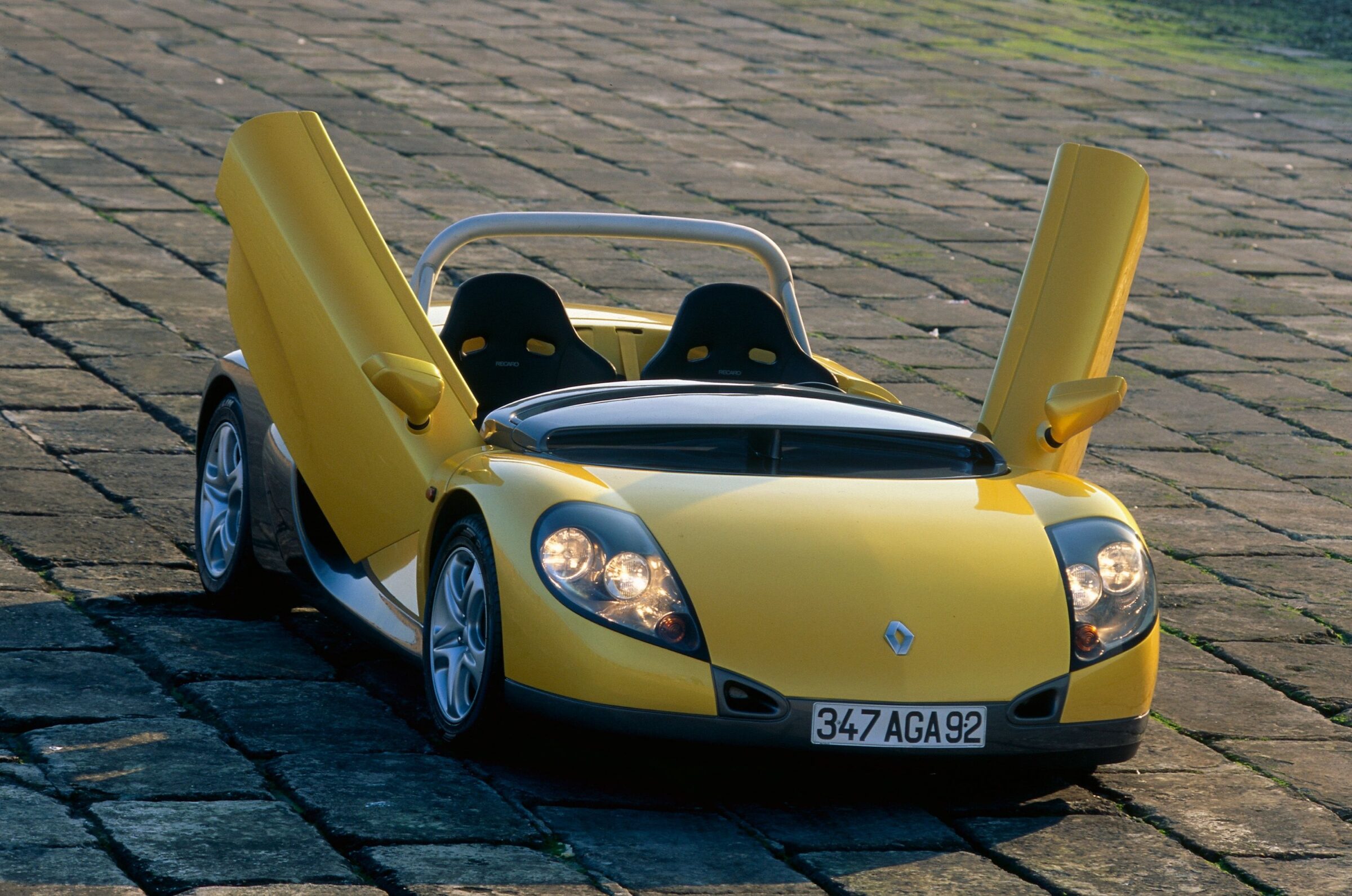30 Years of Audi S4
Many current car models are now taken completely for granted. For example, the VW Golf has been around for more than one generation, and at BMW the abbreviations 1 Series, 2 Series, 3 Series and so on up to 7 Series and 8 Series are just as familiar as the X SUVs or the Z roadsters. And we also know that Audi gives sporty models the letter S, topped by RS when it is the absolute top version. However, this wasn’t always the case. Strictly speaking, for a long time Audi wasn’t at all one of those brands that would have been considered for sporty models. It was only with the quattro and Sport quattro that the image slowly changed from the 1980s onwards. Although Audi continued to compete in motorsport following Group B, there were initially no road-going offshoots. Finally, from the fall of 1990, the S2, developed jointly with the SMS (Konrad Schmidt Motorsport GmbH) rally team, was available in Europe as a sedan, Avant (station wagon) and Coupé.
Extensively equipped
The model name S2 was derived from the Sport quattro S1/E2. Since the 1 was already used for the rally car, the 2 was taken for the sporty variants of the 80 B3 (Coupé) and B4 (sedan and Avant). Above that, based on the fourth model generation of the 100 (C4), a sports version was also created, which became the S4 due to its larger design as a sedan and Avant. New features included wider fenders, a bumper with a larger air intake for the oil cooler and intercooler, triple ellipsoid headlights and a continuous strip of lights at the rear. Carried over from the 100 was the Procon-Ten safety system with a retracting steering column in the event of an accident, central locking, ABS and power windows. Airbags were part of the optional equipment. In addition to the light grey round instruments, three smaller clocks show the time, oil pressure and oil temperature.
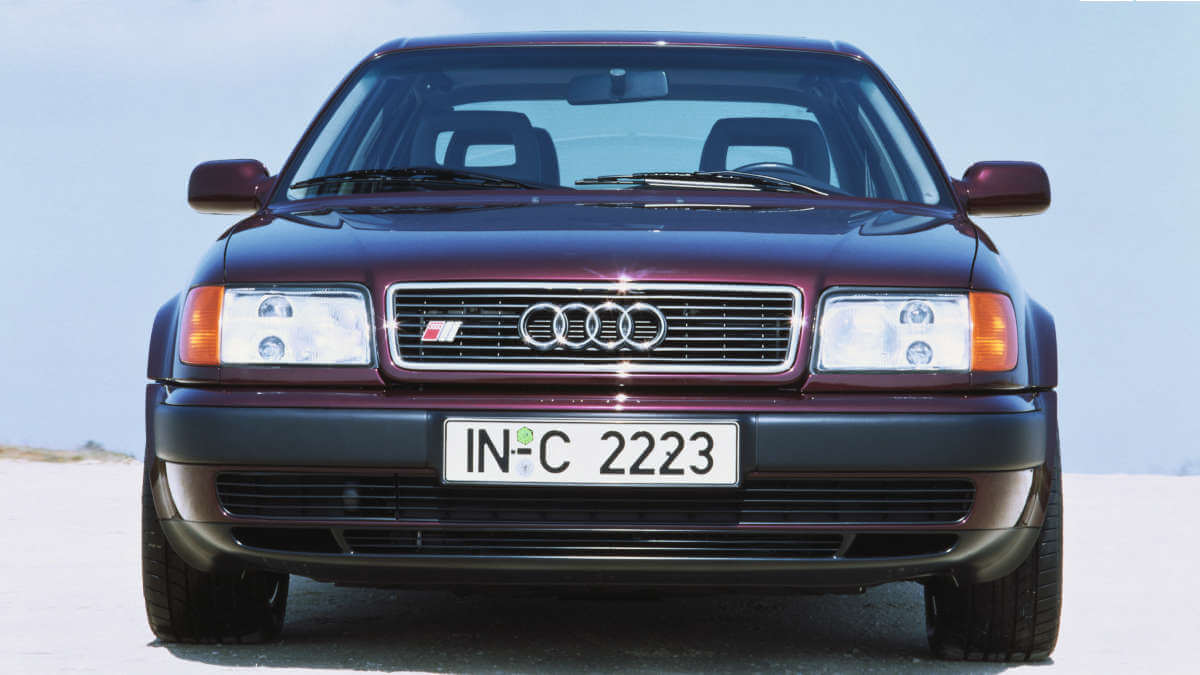

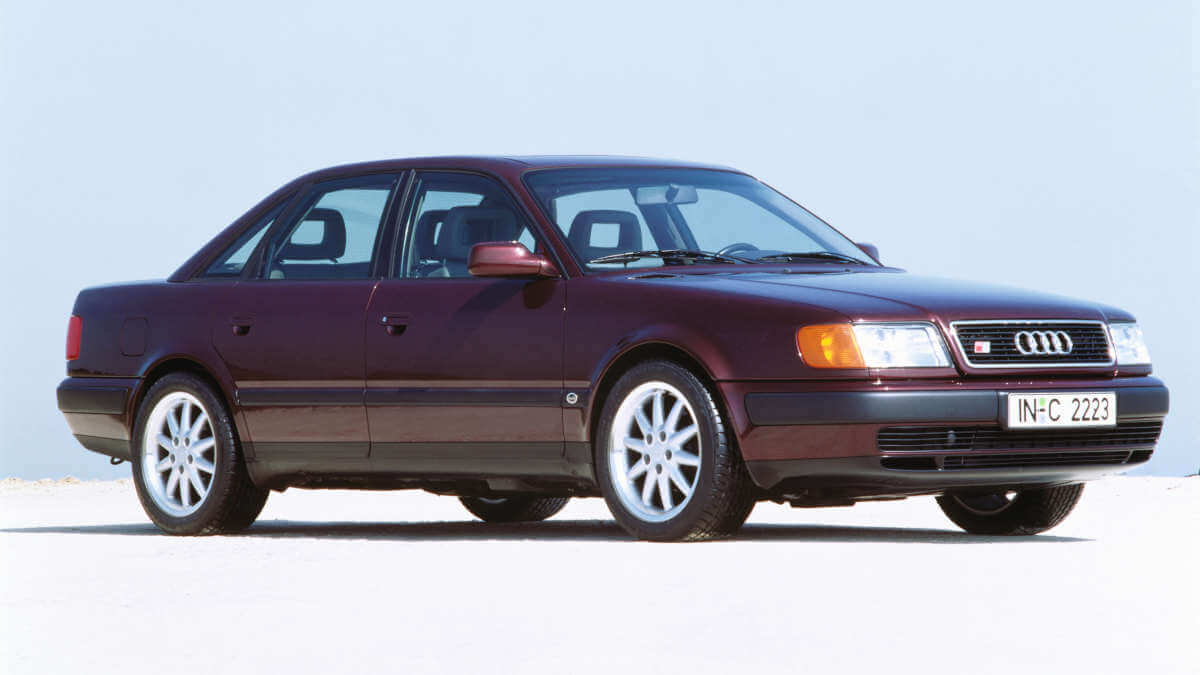

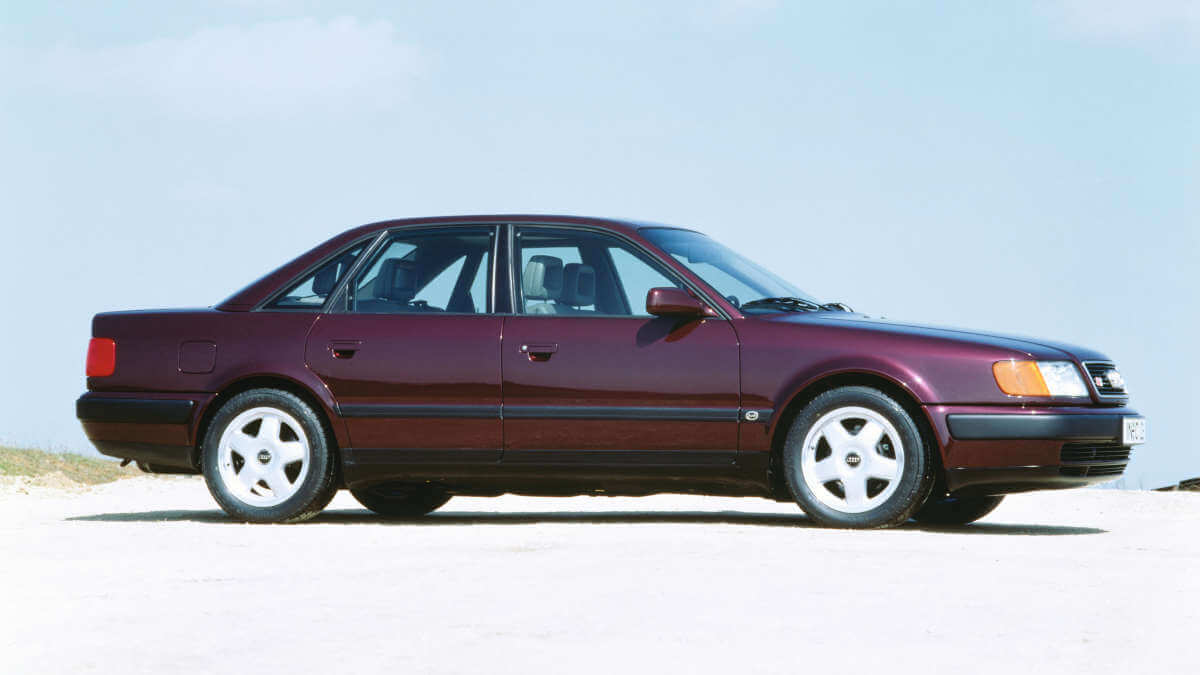

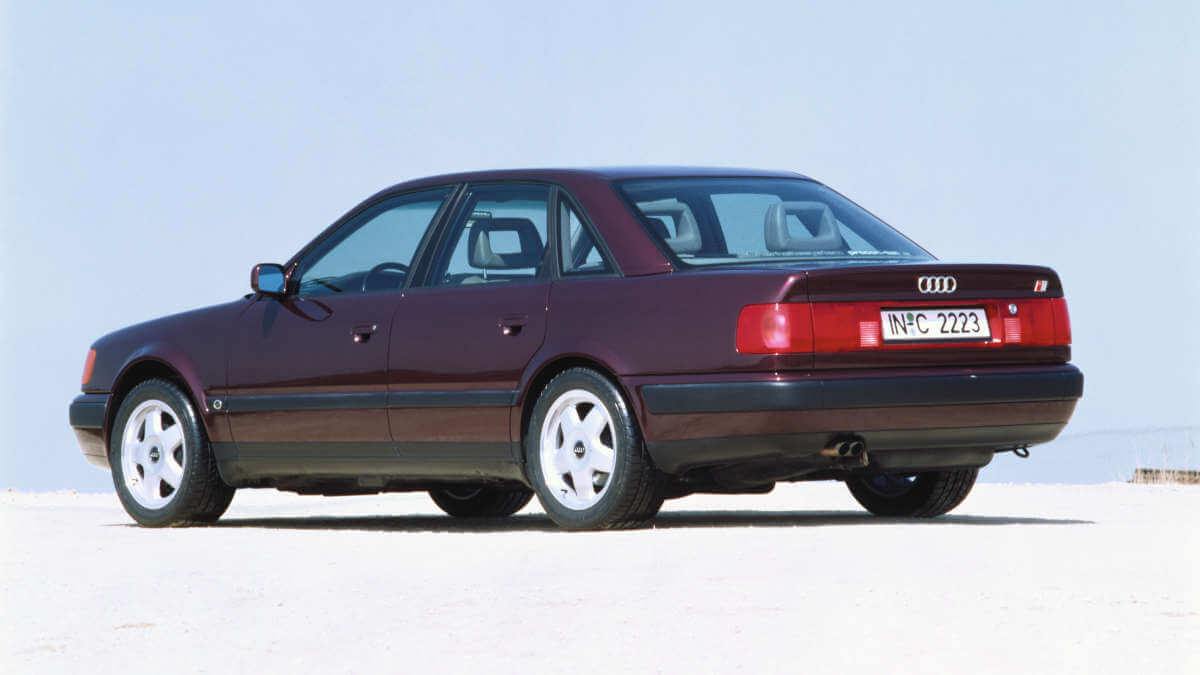

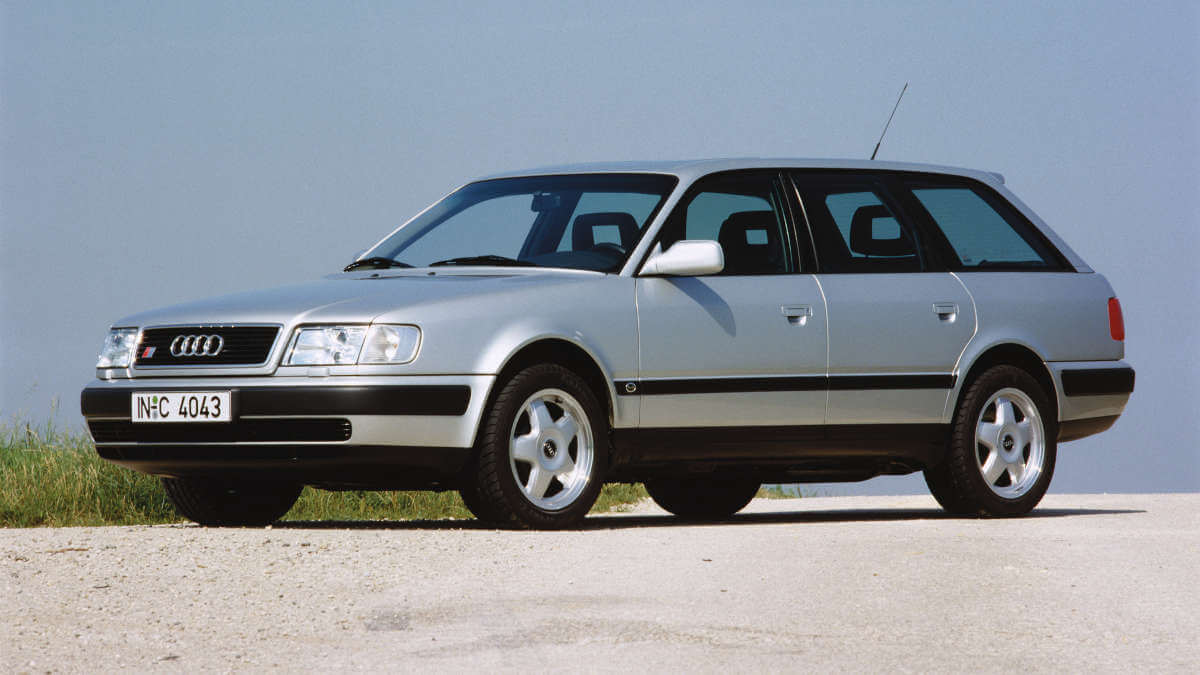

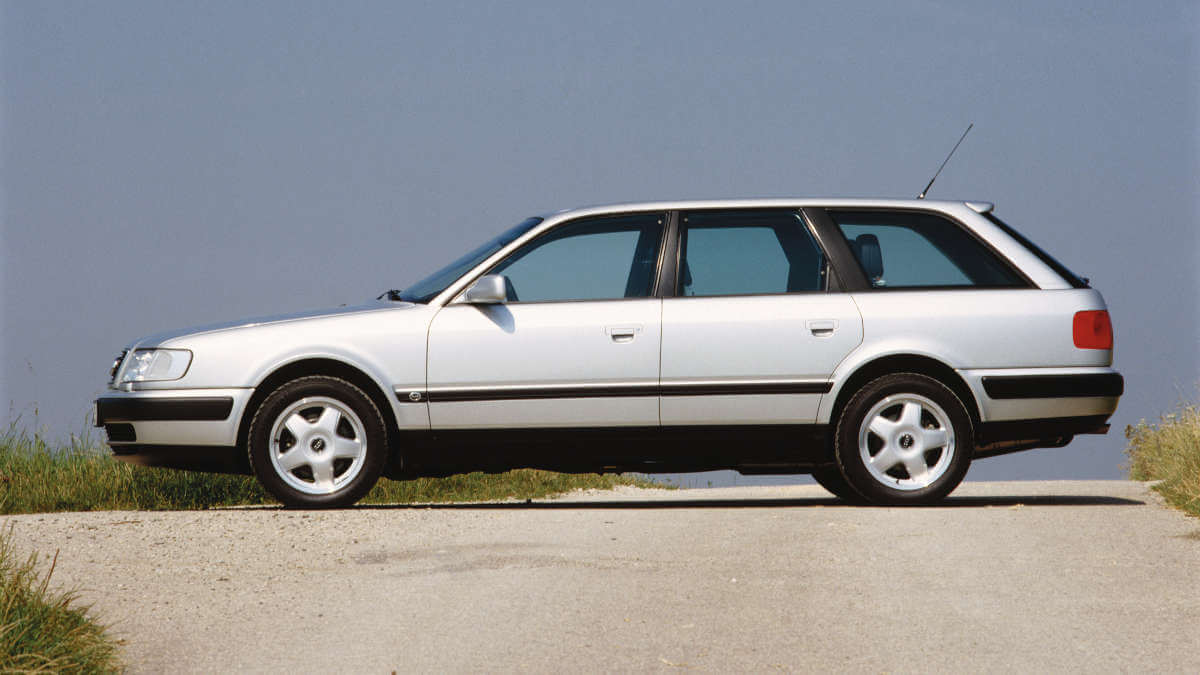

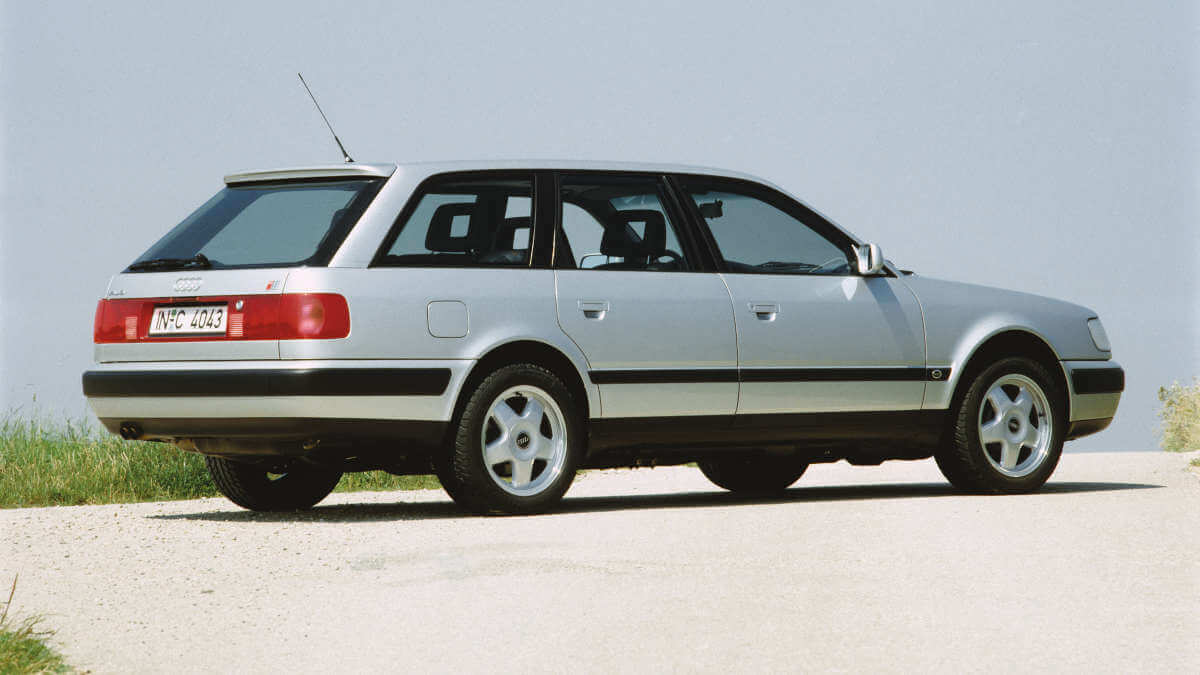



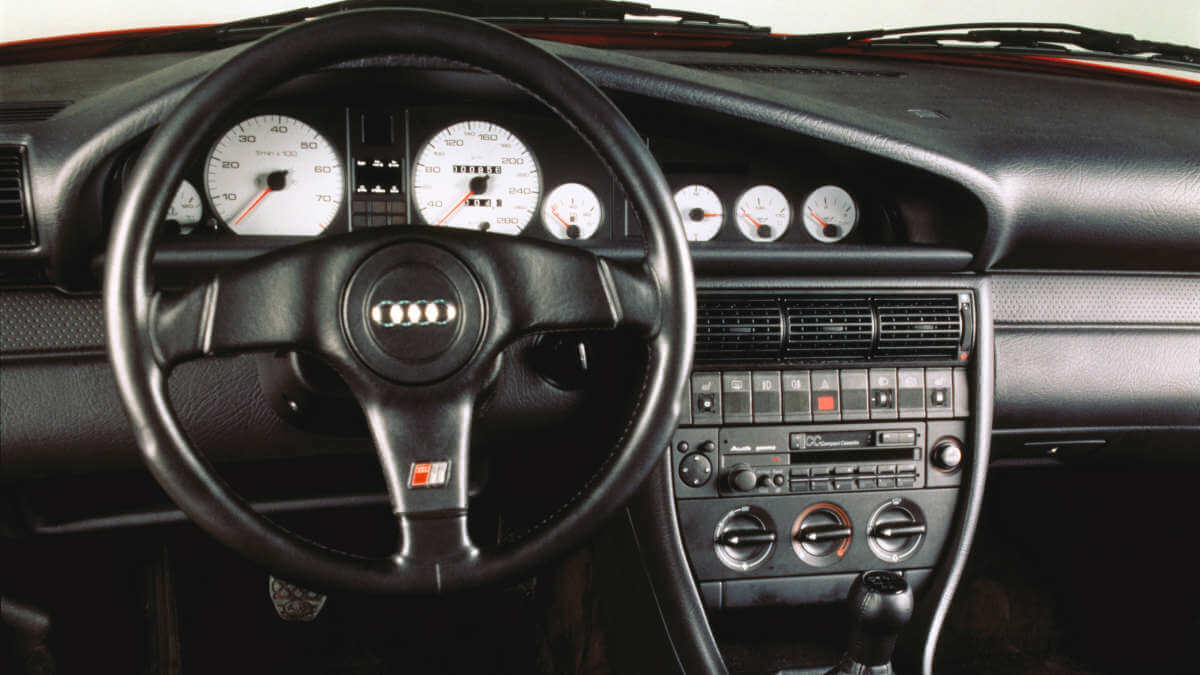

Two engine variants
Initially, the Audi S4 was powered by a 2.2-liter inline five-cylinder engine with turbocharging. This produced 169 kW/230 hp and 350 Nm of torque. Power was transmitted to the permanent quattro all-wheel drive system via a manual transmission with five or six forward gears or a four-speed automatic, depending on customer preference. The six-speed gearbox was never available in the USA. One year after the market launch of the S4, Audi also offered a parallel variant with a 4.2-liter naturally aspirated V8 engine. This 206 kW/280 hp version came exclusively with a manual six-speed transmission. The bumpers and sides were completely painted in body color. From the fall of 1994, Audi changed the model designations to the system that is still familiar today. The 100 became the A6, while the S4 changed to the S6. However, Audi kept the abbreviation S4 in the program, because it reappeared from 1997 on the A4 (B5).
Motorsport in South Africa
While there was no motorsport variant of the first Audi S4 in Europe or the USA, things were different in South Africa. Originally, Audi wanted to enter an adapted version of the 90 IMSA GTO in the local “WesBand Modified” touring car racing series. However, the 90 was never officially sold on the South African market, which is why the 90 IMSA GTO couldn’t be registered there. Instead, the S4 with a five-cylinder turbo engine was used. Classic engine tuning increased output to around 400 kW (544 hp). The permanent quattro all-wheel drive and the manual six-speed gearbox were taken from the production cars. In the S4 GTO, the powertrain met a curb weight of just 1,206 kilograms, making the race car at least 400 kilograms lighter than the road car. Among the drivers behind the wheel were Terry Moss and Hans-Joachim Stuck.
Images: Audi


